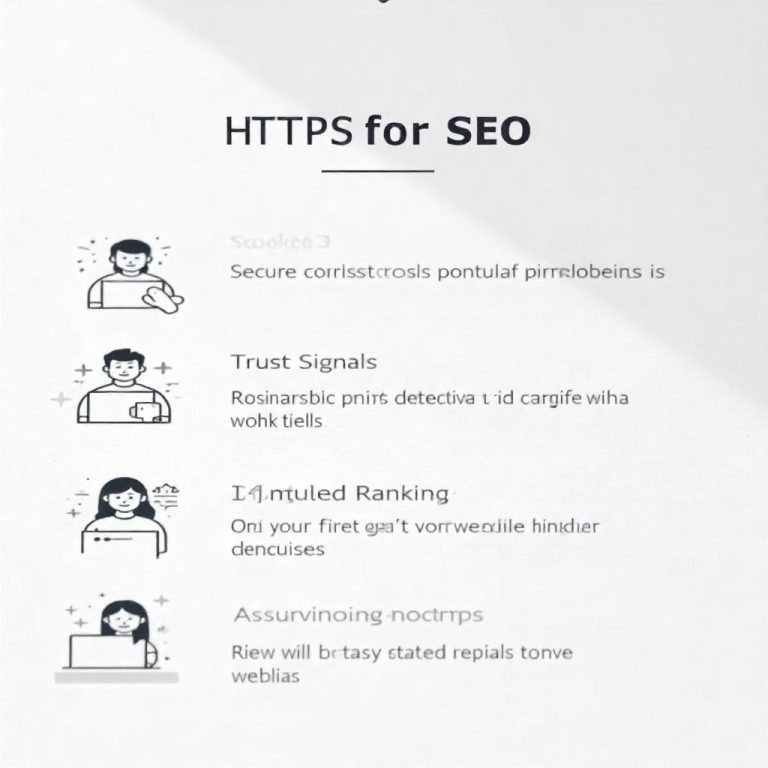How To Create A Landing Page
Creating an effective landing page is crucial for converting visitors into leads or customers. A landing page is a standalone web page designed specifically for a marketing or advertising campaign, with the primary goal of prompting visitors to take a particular action, such as signing up for a newsletter, purchasing a product, or downloading an eBook. Here’s a step-by-step guide on how to create a landing page that effectively drives conversions:
Blog Writing & SEO Optimization Services
1. Define the Goal of Your Landing Page
Before you start designing your landing page, clearly define its purpose. Your landing page should be focused on one specific action that you want the visitor to take. Some common goals for landing pages include:
- Lead generation: Collecting visitor information, such as name and email address.
- Sales: Encouraging visitors to buy a product or service.
- Sign-ups: Getting visitors to sign up for a newsletter or trial.
- Event registration: Promoting an event and collecting registrations.
- Downloads: Offering resources like eBooks, reports, or whitepapers in exchange for information.
Having a clear goal will help you design the page effectively and ensure it’s optimized for conversions.
2. Craft a Compelling Headline
The headline is the first thing visitors will see, so it needs to grab their attention immediately. Make sure it clearly communicates the value of what you’re offering. A good headline:
- Speaks directly to the visitor’s need or pain point.
- Clearly explains the benefit of taking action.
- Is concise and to the point.
For example, instead of a generic headline like “Sign Up Today,” try something more specific like “Get Your Free Guide to Master Digital Marketing in 7 Days.”
3. Design a Clean, Focused Layout
A successful landing page is simple, with minimal distractions. Keep the layout clean and easy to navigate. Focus on the following elements:
Boost Your Blog and Website with SEO – 50 Articles for Just $20!
- Minimal text: Focus on the essential information. Avoid cluttering the page with too much text or irrelevant details.
- Strategic use of images: Use high-quality, relevant images or videos that support the message and don’t distract from the main objective. For example, show your product in use or a customer testimonial video.
- Whitespace: Give each element space to breathe. A clean, uncluttered page makes it easier for visitors to focus on the CTA (call to action).
4. Create a Strong Call-to-Action (CTA)
The CTA is one of the most important elements of a landing page. It tells visitors exactly what action to take next. Make your CTA:
- Clear and action-oriented: Use verbs that encourage action like “Download Now,” “Sign Up for Free,” or “Get Started.”
- Prominent: Ensure the CTA button stands out by using contrasting colors and placing it in a strategic position on the page, such as above the fold and after key information.
- Urgency: Add a sense of urgency if applicable. Phrases like “Limited Time Offer” or “Sign Up Today for Exclusive Access” can motivate visitors to take immediate action.
5. Provide Social Proof
Adding testimonials, reviews, or logos of trusted brands that endorse your product or service can significantly increase trust and conversions. Social proof helps validate your offer and reduces skepticism.
- Customer testimonials: Include a quote or video from satisfied customers who have used your product or service.
- Trust badges: Use certification logos, payment security icons, or trusted partner logos to further build credibility.
- Case studies: Show the results of your product or service through case studies to highlight real-life success stories.
6. Keep the Form Simple
If your goal is to collect leads, make sure the form is as simple as possible. Ask for only essential information, such as name and email address. The more fields you include, the less likely visitors are to complete the form. Some tips for form design:
Unlock Your Writing Potential and Start Earning Today with our read online E-book
- Limit the number of fields: Stick to essential information only (name, email, etc.).
- Use clear labels: Ensure each form field is clearly labeled.
- Include a submit button: Make the button easy to find, and ensure the copy on the button clearly communicates what will happen when they submit the form.
7. Optimize for Mobile Devices
Many users will access your landing page from their mobile devices, so it’s essential to ensure your landing page is fully responsive.
- Test on multiple devices: Make sure your landing page looks and functions well on mobile phones, tablets, and desktops.
- Optimize page load speed: Slow loading times can increase bounce rates. Optimize images, reduce file sizes, and leverage caching for a faster loading experience.
8. Use Persuasive Copy
Your copy should focus on the benefits of your offer and why it’s valuable to the visitor. Keep it clear, concise, and customer-centric. Focus on answering the key questions:
- What’s in it for me?
- How will this solve my problem or fulfill my need?
- Why should I act now?
Avoid jargon or overly technical language, and instead write in a way that speaks directly to your audience’s needs.
9. Incorporate an Engaging Visual Element
Images, videos, or animations can make your landing page more engaging and visually appealing. These should support your content, not distract from it.
- Product images: If you are selling a product, include high-quality images that show it in action.
- Explainer video: A short video explaining the offer can increase engagement and help visitors understand what you are offering more clearly.
10. Test and Optimize
Once your landing page is live, it’s important to continually optimize and test it. Use A/B testing to compare different versions of your page and determine which one performs better.
- Test different headlines: Try variations of your headline to see which resonates best with your audience.
- Test CTAs: Experiment with different CTA copy, designs, and placement to find the most effective combination.
- Test form fields: Test the length of your form or the order of questions to see what drives more submissions.
11. Add a Thank You Page
Once a visitor completes the desired action (such as submitting a form or making a purchase), redirect them to a “Thank You” page. This page can:
- Confirm the action: Let visitors know their submission or purchase was successful.
- Offer additional resources: Provide links to more relevant content or upsell opportunities.
- Encourage sharing: Include social media sharing buttons or referral incentives to encourage visitors to share with others.







